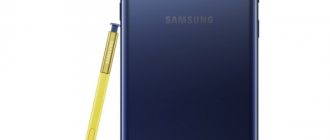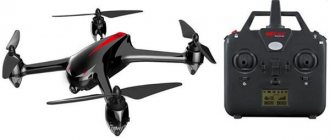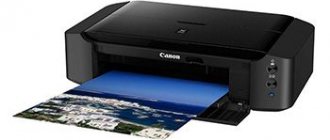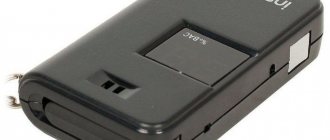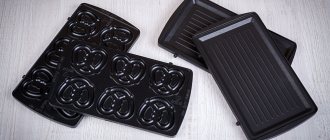Why did monitors with curved screens appear?
They were invented to provide viewers with improved picture quality. The main feature is achieving the effect of maximum immersion, which allows you to see familiar graphics in a new way. The first curved monitors were used primarily by gamers, but now they are also chosen for entertainment, watching modern movies, and just for work.
Monitors with a curved surface can use peripheral vision to a greater extent than flat monitors. The result is a so-called deep immersion effect. Sitting in front of the screen, the viewer seems to notice that the screen has boundaries. This effect is due to the fact that the sides are directed inward, so the distance from all the points that make up the image to the eyes remains the same. In addition, the radius of curvature is calculated by the developers to match the characteristics of human vision.
Default condition
Let's return to the promised topic of the correct position. Studying promotional materials for various curved TVs, you will notice that the depicted viewers are sitting exactly in the middle of the TV. It is this position, coupled with the right distance, that will allow you to get all the benefits of a curved display. If you want to arrange a family movie viewing on such a TV, then many will be left deprived of technological goodies. However, this also has its advantages: according to illustrations from LG, curved panels bring people closer together.
Finally, the curved shape of the display, according to marketing legend, can visually increase the screen area. And in fact there is some truth in this. Since the actual width of the panel is reduced by the radius of curvature along the entire panel, we will be able to see more exactly as much as the display is curved in the corners. Moreover, the visual indicator will change depending on the distance of the viewer. But as soon as you change the ideal position in front of the monitor, all the magic becomes irrelevant.
A roughly similar situation arises with the opinion that the curved shape allows for increased contrast on the sides. It is impossible to answer this question universally, if only because manufacturers use different matrices. However, even if the shape compensates for darkening, it will only be for one viewer, who will sit in the center in front of the screen. Other viewers, on the contrary, can observe distortions in the picture.
Pros and cons of a curved screen
Due to its design features, such a monitor has many advantages over a regular one. First of all, it is a wider view and an image that is free of distortion . Viewing content on a curved screen is compared to viewing in 3D, despite the fact that the image is two-dimensional. This effect occurs due to increased depth perception. One of the most important benefits of curved screens is the reduction of distortion. In this case, peripheral vision is also involved, and the perception of the picture becomes more natural.
The image quality across the entire monitor area remains high, color rendering and contrast do not deteriorate at the edges of the matrix, so it becomes easier to concentrate, which reduces eye strain by up to 60%. Defocus of vision occurs 4 times less often than when using a direct screen.
Curved screens also have disadvantages .
The main one is that all the listed advantages disappear if you are not directly in front of him and not in your comfort zone. Contrast and viewing angles deteriorate, and optical distortions appear. To prevent your eyes from getting tired, you need to sit no further than a certain distance from the screen. If we compare both types of monitors, curved ones are much more expensive, which is explained by the complexity of production.

